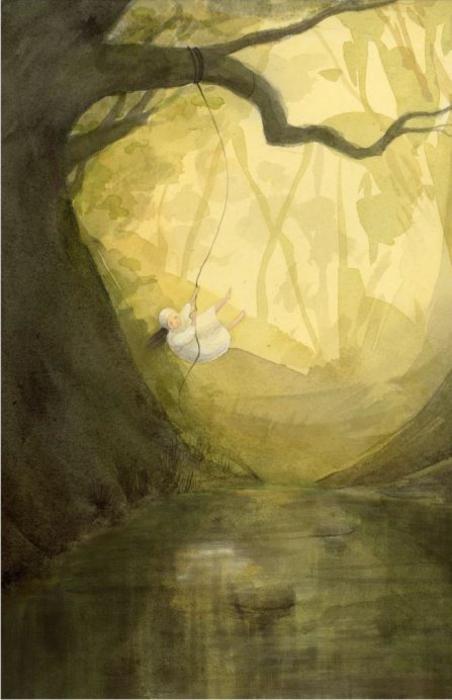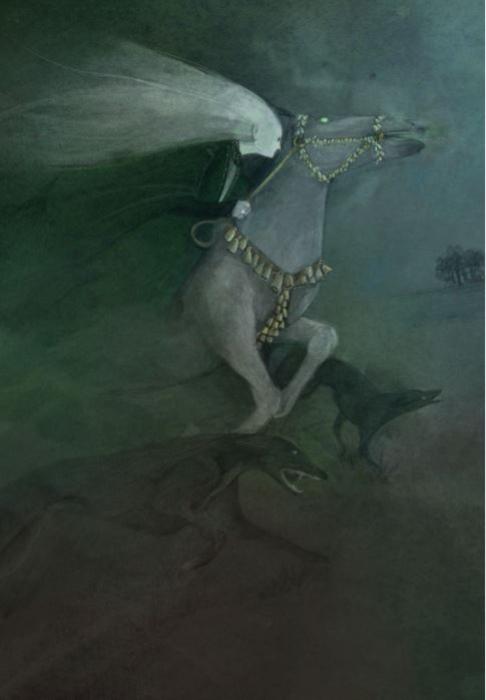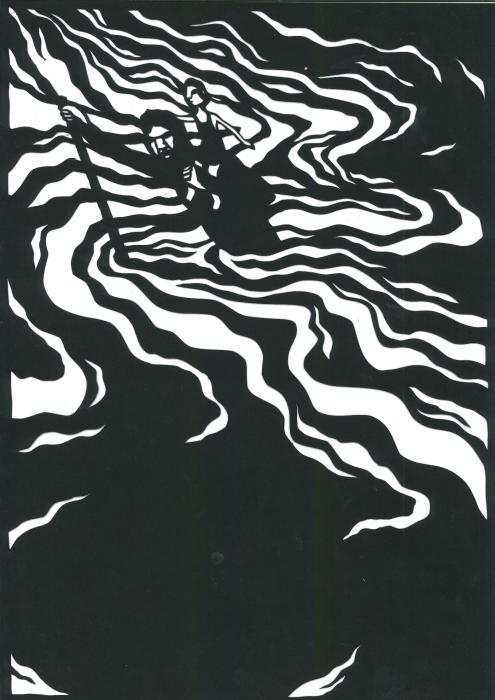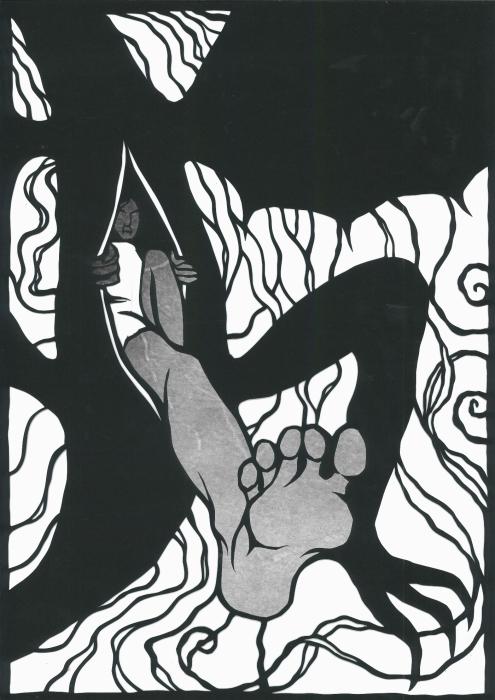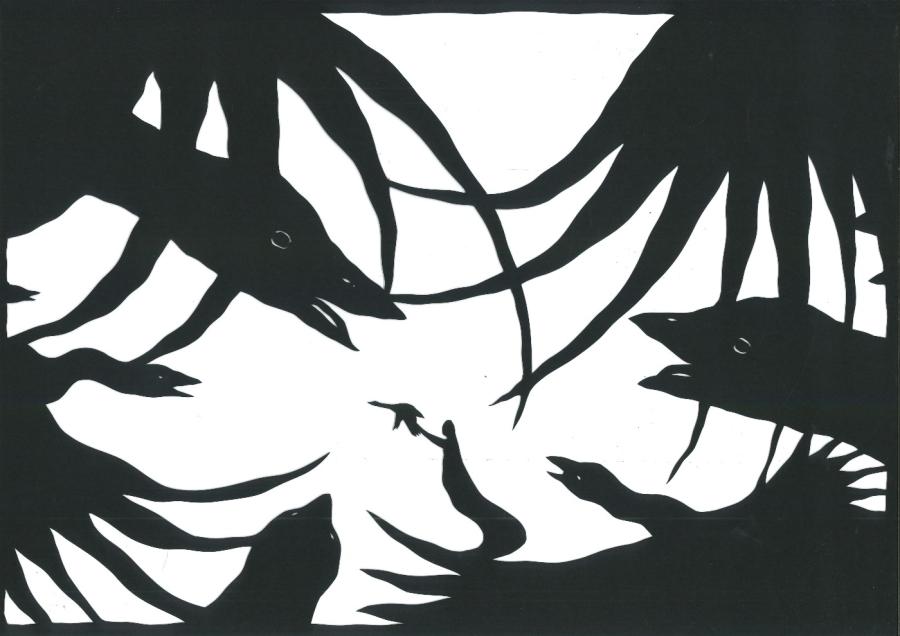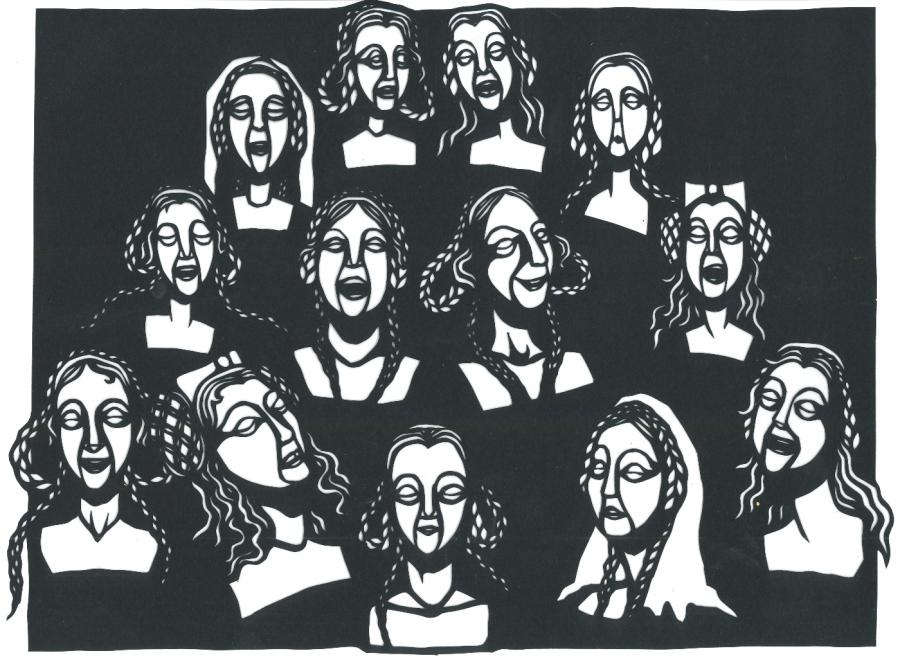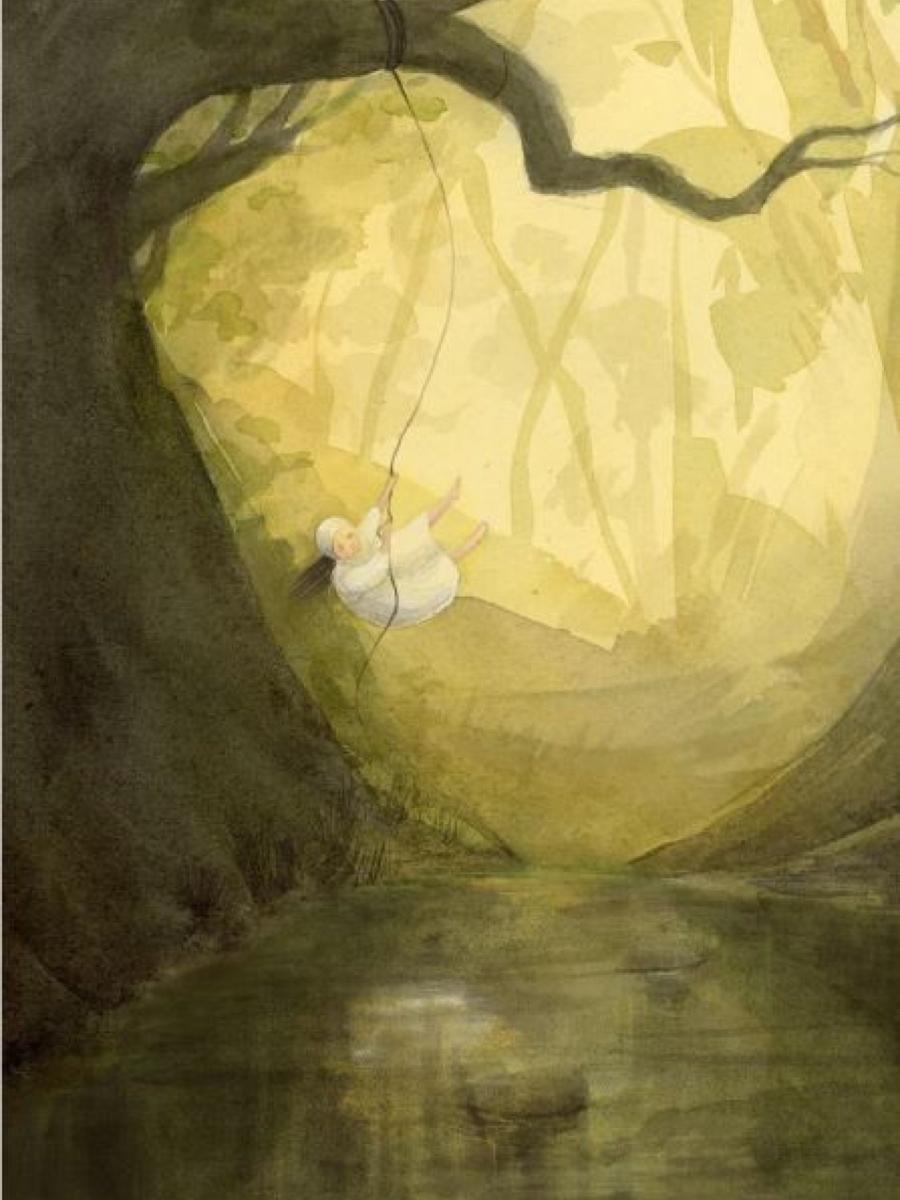
Bestselling Somerset author Amy Jeffs on how she set about reimagining the ancient ballads of our land with illustrator Gwen Bruce and musician Natalie Brice
Today, we tend to think of ballads as treacly laments performed by Lewis Capaldi, but historically, ballads were rhyming story-songs – gripping tales of murder, magic, scandal and doomed lovers, whether human, fairy or monstrous. With the advent of the 15th-century printing press came the broadside: cheap lyric sheets sold on city streets, sharing human experiences beyond the bounds of oral tradition.
While the ballad form is centuries old, it’s anything but irrelevant today. A web of tropes and stock characters, their contexts simply shift over time. A roguishly handsome man with a fleet of ships, masts of beaten gold and taffeta sails might seem like a far-off vision, but an ex-boyfriend reappearing with a wild, tempting opportunity to escape your domestic life? That’s an Eastenders plot if ever we’ve heard one.
And that’s the spark behind Old Songs: Stories of Love and Death from Traditional Ballads, the latest book by Somerset-based writer Amy Jeffs, co-authored with illustrator Gwen Burns. “We want the same things as the figures in these ballads,” Amy says. “The thrill of something dramatic, the world turned upside down, the carnivalesque.” Taking ten traditional ballads, Amy reimagines their folktale origins as short stories, weaving in historical context and tracing their afterlives through later iterations.
“When you scan your eye through BBC iPlayer’s drama carousel, you’ll see murder, sex, revenge, magic and the supernatural – all themes that are at the centre of ballads,” she says. “Ballads are all about the psychological tussle that’s at the heart of all drama, and is ripe in those extremes of life: birth and death.”
Amy was introduced to this magical world when she came across a collection of ballad lyrics while writing her first book, the bestselling Storyland: A New Mythology of Britain. “The more you read, the more the story opens up before your eyes,” she recalls. “It made me see that these fantastical stories are very human.”
As an art historian with a medieval focus, Amy was also interested in how these ballads connect to the past, as well as the present. “I’ve always wondered how old the stories of folklore and fairy tales really were. I traced the story structures back and found that they are ancient, often with roots in medieval literature.”
From the start, Amy knew this wasn’t going to be a solo project. “The folk tradition has been formed collectively, so it felt counterintuitive to be a spokesperson for it alone.” In their shared hometown of Frome, she met Gwen Burns, a key figure in the local folk scene and squire of the morris side The Bounds of Selwood. “We got talking about her dream project, which turned out to be a compendium of folk ballads.”
Inspired by the working practices of Bath-based author Max Porter, Amy knew she wanted the words to respond to the illustrations, rather than the artwork being an afterthought. “In medieval manuscript culture, text has supremacy, but Max turned that on its head – and so did we.” Amy and Gwen would interpret the stories in their own way – “we’re both quite hermity” – and then meet at a pub to compare notes and find the line of best fit.
For a book about ballads, Amy and Gwen knew there had to be a third element: music. “I met Natalie Brice through her husband, who runs the recording studio in Frome where I recorded the audiobook for my second book, Wild: Tales from Early Medieval Britain,” explains Amy. “Natalie was able to illustrate the audiobook with arrangements of the earliest melodies we could find for these ballads.”
The melodies they unearthed held surprises of their own. With ghoulish lyrics and grim subject matter, some ballads were matched with predictably haunting tunes. Others, like The Maid and the Palmer, were not. “It’s a story about a woman who murders nine children, but the melody that is set to it for a morris dance is really jolly,” Amy explains. “It’s even creepier by the contrast with the lyrics.” Working with these melodies, Natalie has created immersive dramatisations featuring birdsong, the sounds of the sea and regional accents – all contributing to the reimagined stories these three artists have brought to life together.
“The emotions of the story would always come out when all three of us worked together, discussing our relevant life experiences,” Amy says. “Sure, your brother has never turned into a dragon, but did he ever become something you didn’t recognise? We could then thrash out the humanity in these stories.”
The why is clearly important, but it’s also the where that plays a defining role in these folktales, which are so deeply rooted in the British landscape. Thomas the Rhymer takes us to the Eildon Hills in the Scottish Borders, blending traditions and influences from both England and Scotland. In the avenged-kidnapper tale of Lady Isabel and the Elf Knight, the eponymous characters meet in the shadow of Arthur’s Seat, Edinburgh – but the melody Natalie uses has a Somerset history, collected from Mrs Callow in Stockham Cross (near Bagborough, Taunton) in 1908.
There’s long been a revivalist interest in hearing ballads in their original form, as in the versions captured by Martin Carthy or Josie Vallely, who recently rode across Argyll on horseback collecting Gaelic songs for her album as Quinie, Forefowk, Mind Me. Closer to home, Bristol folk singer Nick Hart runs an annual Ballad School. Romany singer Freda Black, born in Somerset and a huge influence on Sam Lee, gathered one of the largest repertoires of ballads among travelling singers. Although she recently died, her legacy lives on through her recorded and collected songs.
For Amy, the question was how can we keep these traditions alive? “Obviously, we still read books voraciously,” she says. “I’m not the first person to do this by any stretch, but using the narratives as short stories will hopefully introduce more people to the magic of ballads.”
If these vibrant remakings teach us anything, it’s that these ballads – though rooted in a distant past – are still alive with fire and resonance. They tether us to other cultures, traditions and landscapes, layering familiar terrain with enchantment. They invite us to look again at the world, with music and magic.
Old Songs: Stories of Love and Death from Traditional Ballads is out now published by riverrun. Amy is appearing solo and with Gwen and Natalie at events through October and November
